The advent of 5G technology is set to revolutionize the way we connect and communicate. As the fifth generation of mobile networks, it promises to deliver unprecedented speed, reliability, and connectivity, reshaping industries and everyday experiences alike. In this blog post, we’ll delve into how it is transforming communication, explore its key benefits, and address some potential drawbacks.
What is 5G?
5G, or fifth-generation wireless technology, represents the next leap in mobile network evolution. Building upon the foundation laid by 4G LTE, it introduces enhancements that extend beyond faster internet speeds. It offers a more robust infrastructure capable of supporting a multitude of connected devices and applications with minimal latency.
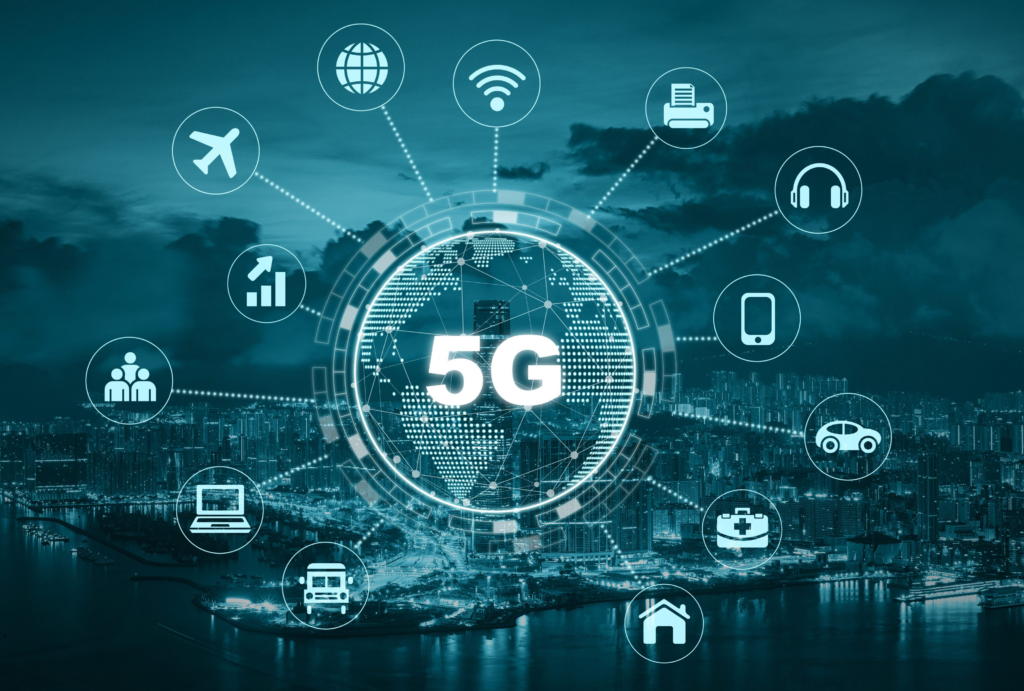
Key Benefits of 5G
- Blazing Fast Speeds: One of the most talked-about benefits of 5G is its remarkable speed. With theoretical download speeds reaching up to 10 Gbps, it is designed to be up to 100 times faster than 4G. This means quicker downloads, smoother streaming, and a more responsive browsing experience.
- Low Latency: Latency, or the delay before a transfer of data begins following an instruction, is significantly reduced with 5G. The technology promises latency as low as 1 millisecond, compared to 30-50 milliseconds with 4G. This near-instantaneous response is crucial for applications requiring real-time interactions, such as online gaming and autonomous vehicles.
- Enhanced Connectivity: It supports a higher density of connected devices, allowing up to 1 million devices per square kilometer. This is essential for the Internet of Things (IoT), where smart devices, sensors, and appliances communicate with each other, contributing to smarter cities and homes.
- Improved Reliability: The advanced architecture of 5G networks ensures improved reliability and consistent performance, even in high-density areas. This reliability is vital for applications like telemedicine and emergency services, where uninterrupted communication can be a matter of life and death.
- Support for Emerging Technologies: It acts as a catalyst for emerging technologies such as augmented reality (AR), virtual reality (VR), and artificial intelligence (AI). These technologies require high bandwidth and low latency, making 5G an ideal enabler for new and immersive experiences.
Potential Drawbacks of 5G
- Infrastructure Challenges: Deploying 5G requires a significant investment in infrastructure. Unlike previous generations, this networks rely on a higher density of small cell towers. This can pose challenges in terms of cost, planning, and regulatory approvals, especially in rural and less densely populated areas.
- Higher Data Costs: As with previous generations of mobile technology, the introduction of 5G may lead to higher data costs. Consumers might face increased charges for data plans, reflecting the premium nature of 5G services and the investment required to build and maintain the network.
- Limited Coverage: While 5G promises high speeds and low latency, its coverage is currently limited compared to 4G. Initially, 5G networks will be concentrated in urban areas, with rural and underserved regions lagging behind in terms of availability. This uneven rollout could exacerbate the digital divide.
- Health and Safety Concerns: There are ongoing discussions and research regarding the potential health effects of increased electromagnetic radiation from 5G networks. While regulatory bodies maintain that 5G is safe within established guidelines, public concerns and the need for further research remain pertinent.
- Compatibility Issues: Existing devices are not compatible with this networks, necessitating upgrades or replacements. Consumers and businesses will need to invest in new hardware to take full advantage of 5G, which can be a barrier to widespread adoption.
Conclusion
5G technology is set to transform the way we communicate, offering incredible benefits such as faster speeds, lower latency, and enhanced connectivity. However, it also comes with challenges, including infrastructure demands, potential cost implications, and health concerns. As the rollout of this continues, addressing these issues will be crucial in ensuring that the technology delivers on its promises while mitigating any drawbacks.
Stay tuned to our blog for more updates on the latest in technology and how it impacts our world.

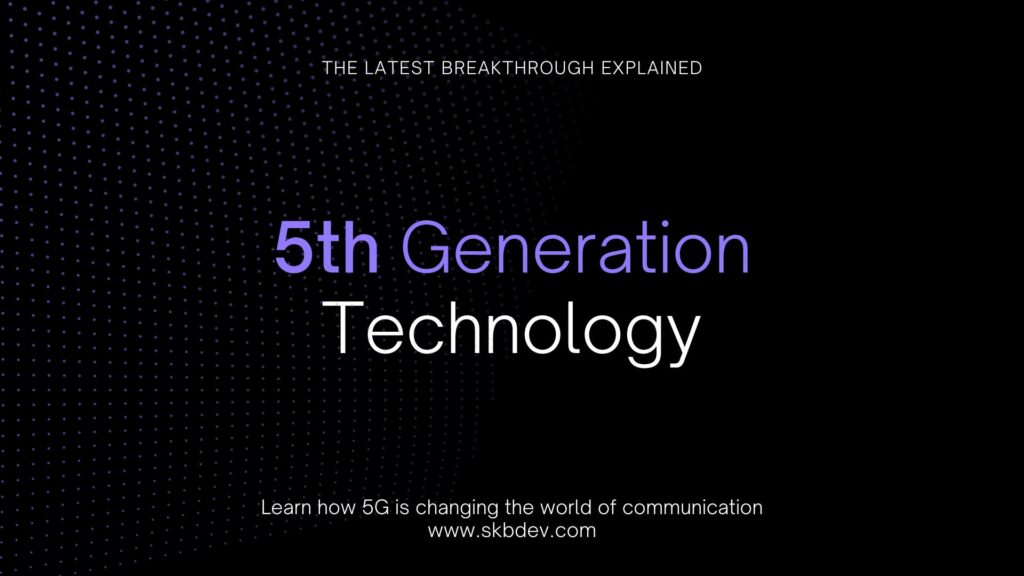
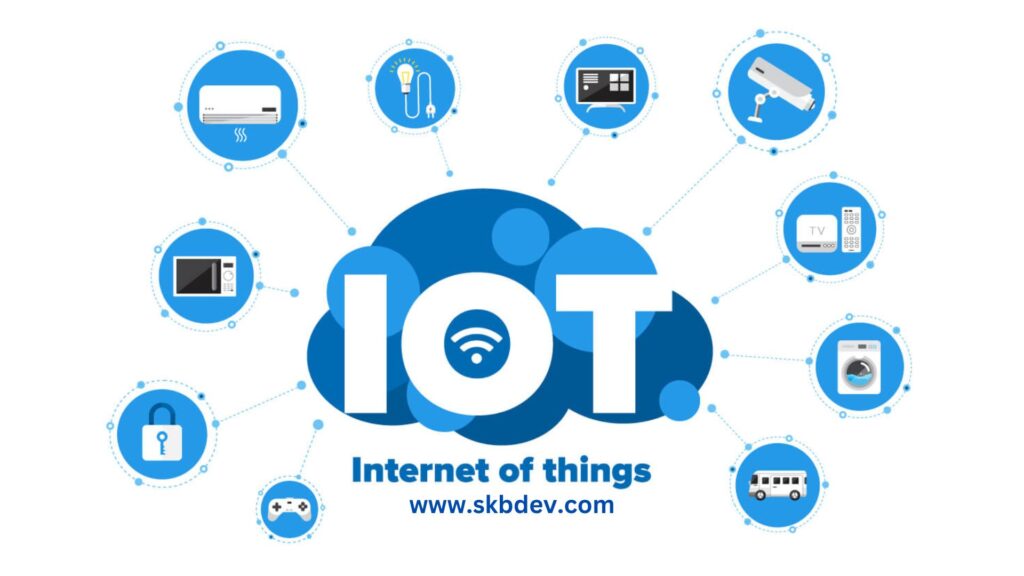
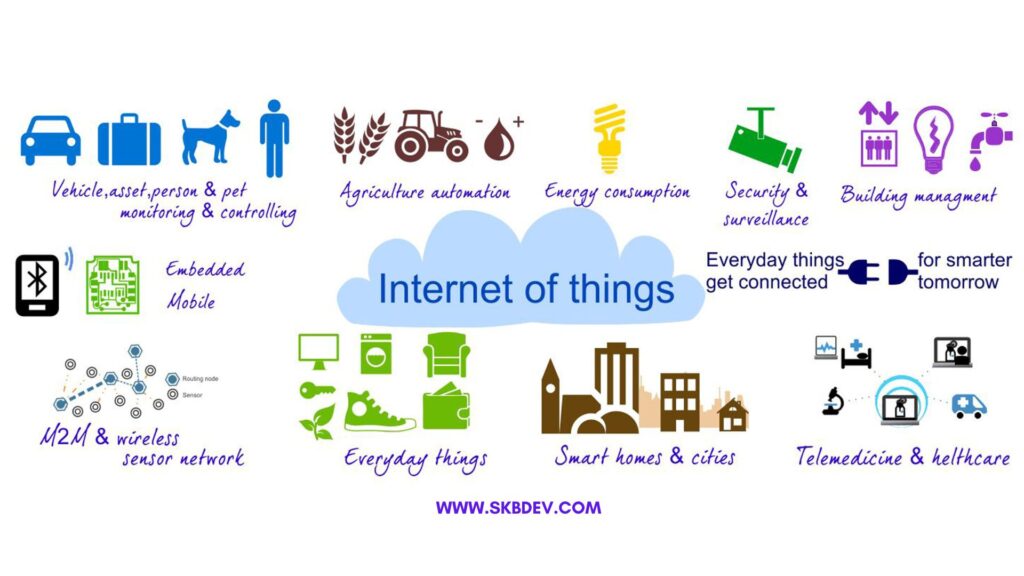
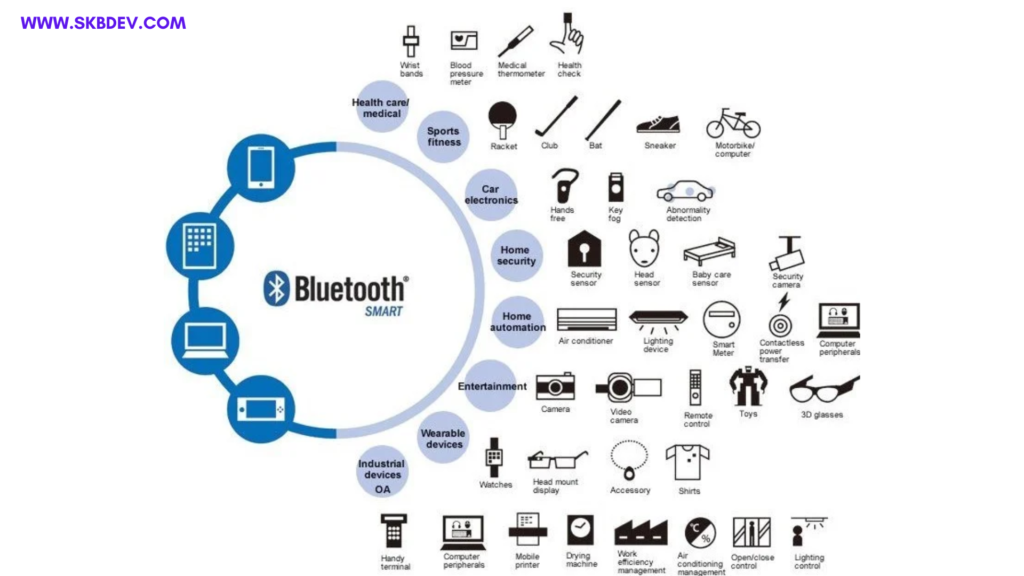
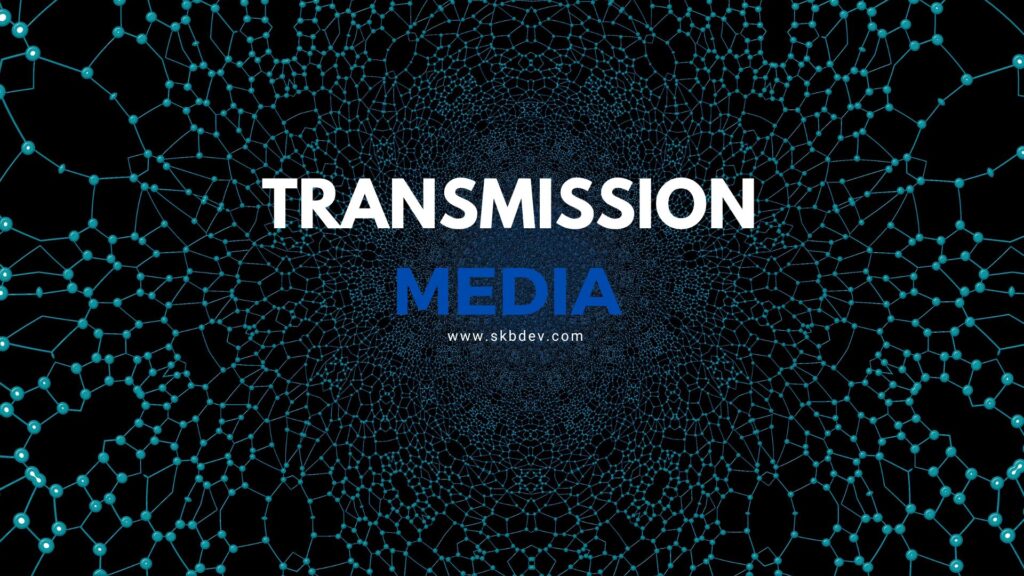
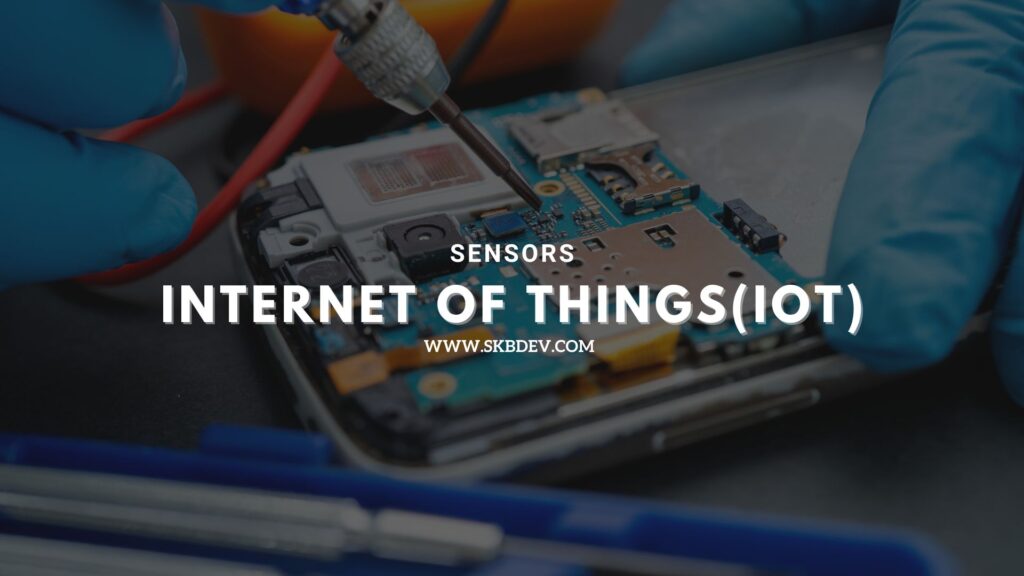
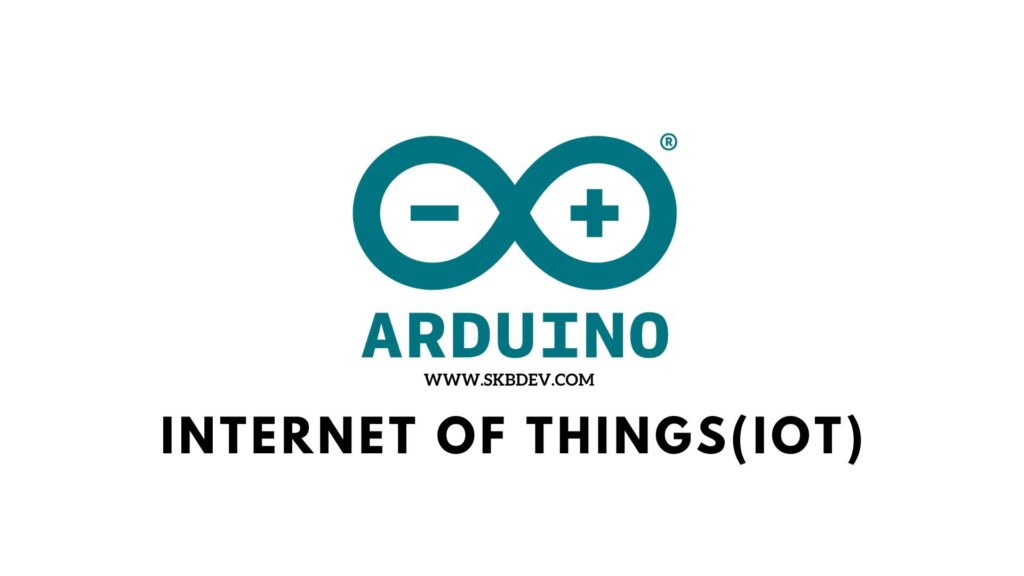
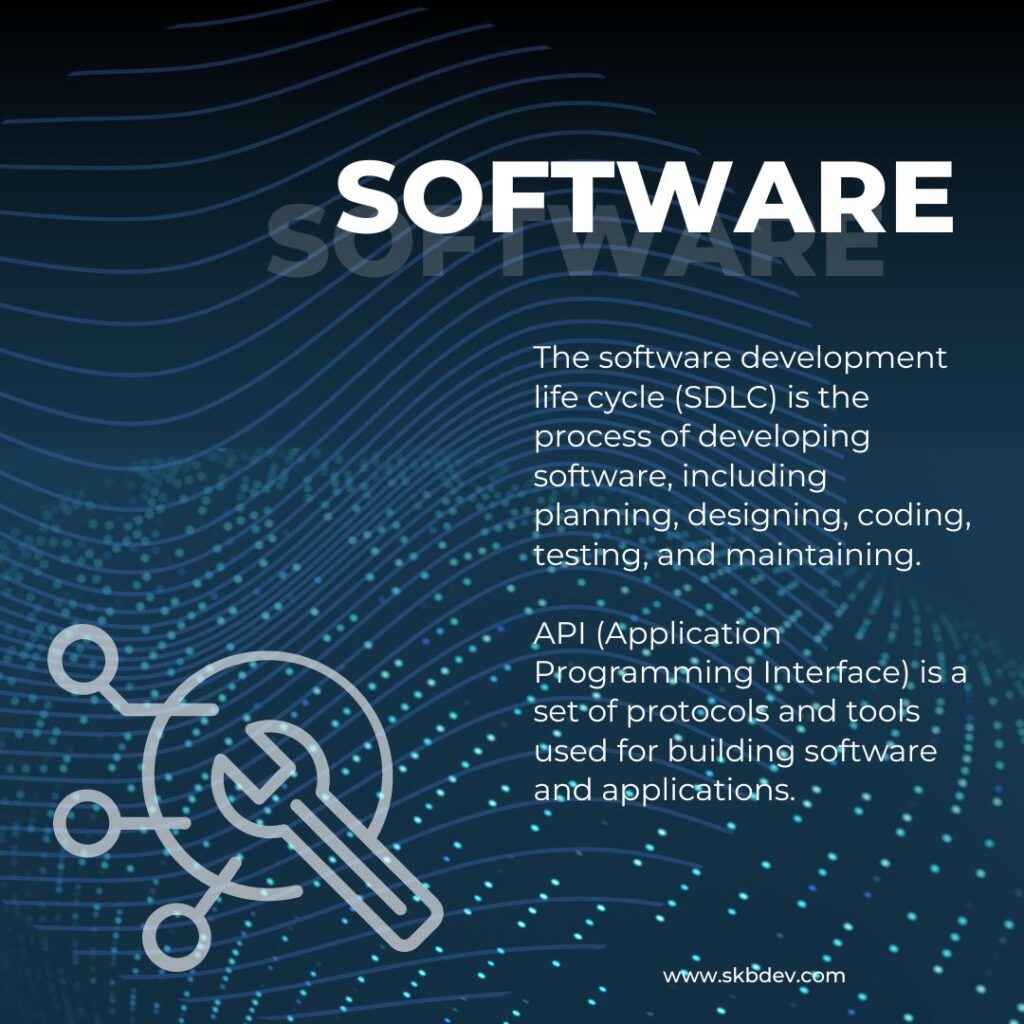


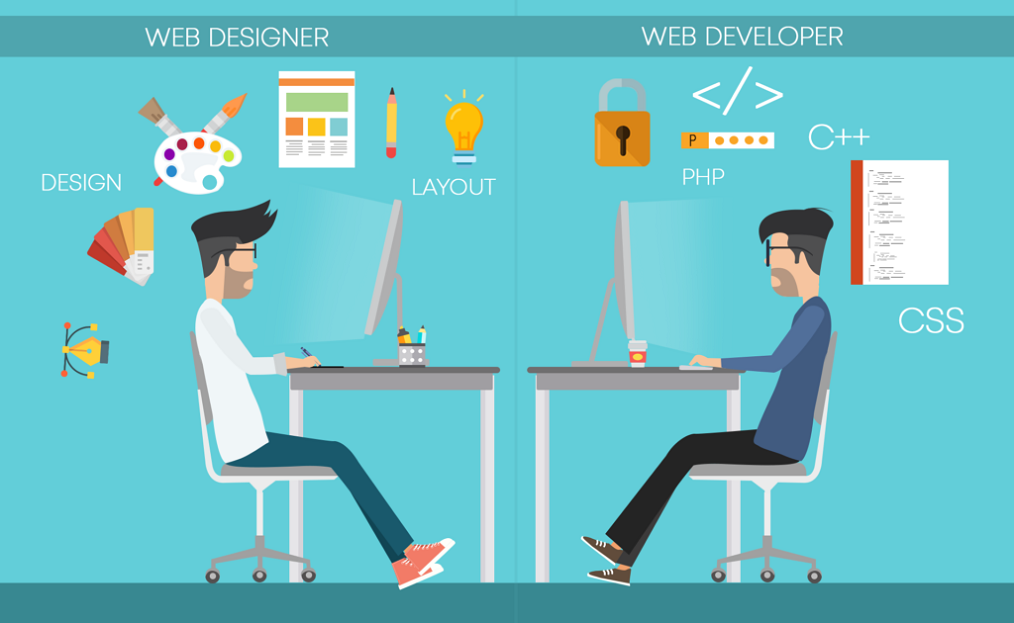

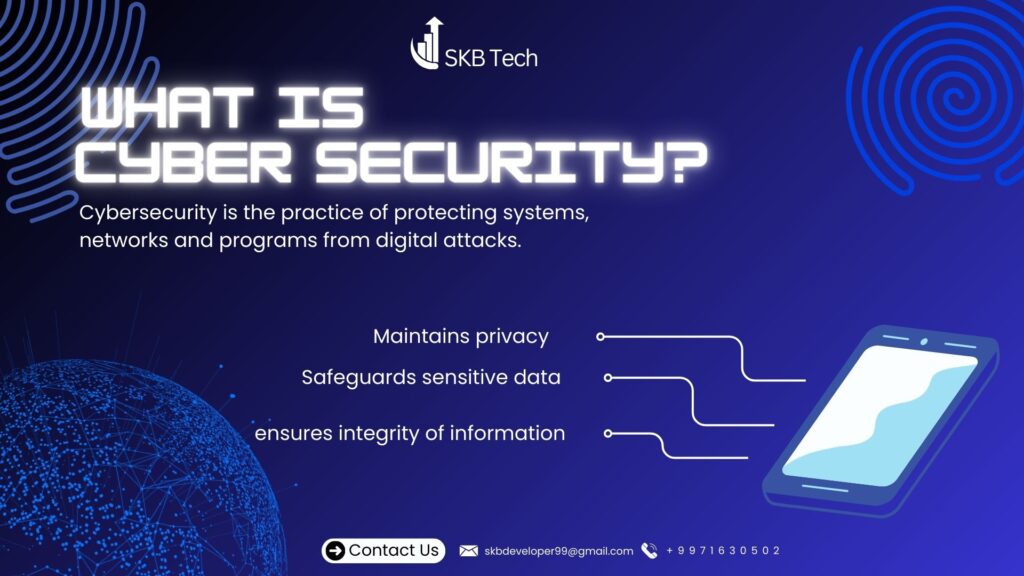
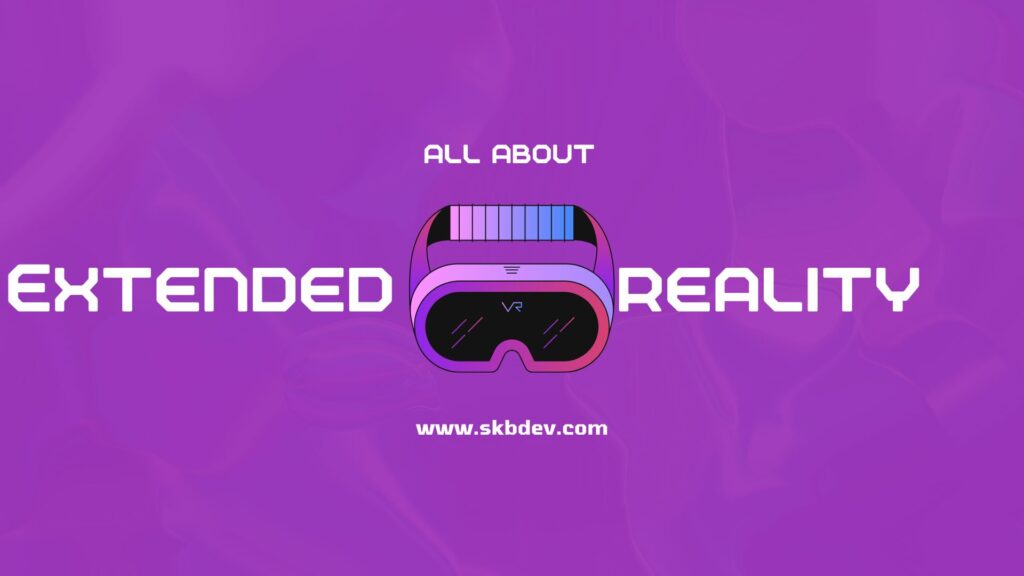
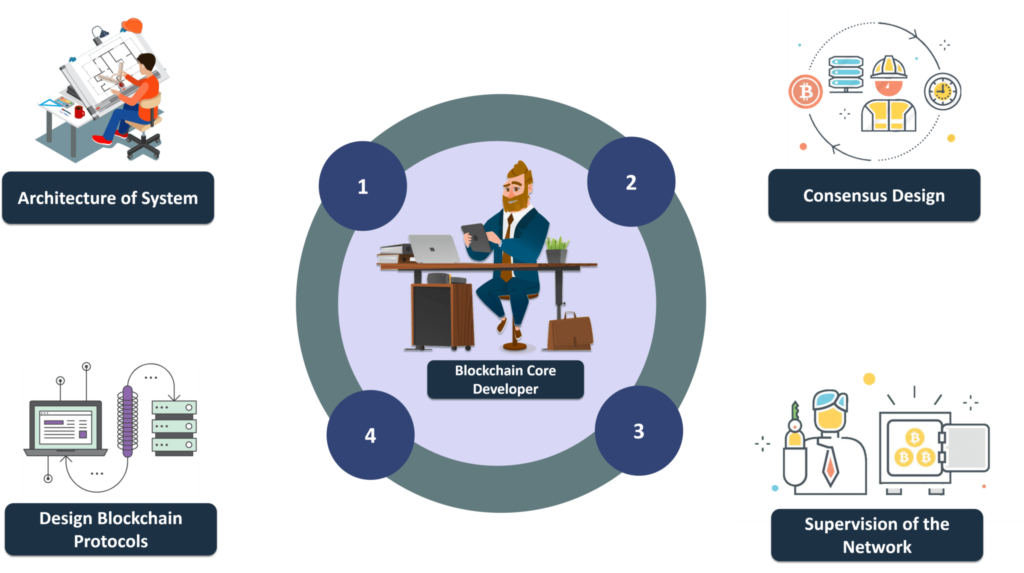
Telif hakkı koruması SEO optimizasyonu, web sitemizin performansını inanılmaz derecede artırdı. https://www.royalelektrik.com/taya-hatun-elektrikci/
Telif hakkı ihlali SEO optimizasyonu, web sitemizin performansını inanılmaz derecede artırdı. https://www.royalelektrik.com/bayrampasa-kartaltepe-elektrikci/
Vitazen Keto Gummies There is definately a lot to find out about this subject. I like all the points you made
I was just as enthralled by your work as you were. Your sketch is elegant, and your written content is sophisticated. However, you seem concerned about potentially delivering something questionable soon. I’m confident you’ll resolve this issue quickly and return to your usual high standards.
I was just as enthralled by your work as you were. The visual presentation is refined, and the written content is sophisticated. However, you seem anxious about the possibility of presenting something that could be perceived as questionable. I believe you’ll be able to rectify this matter in a timely manner.
Real Estate Great information shared.. really enjoyed reading this post thank you author for sharing this post .. appreciated
Usually I do not read article on blogs however I would like to say that this writeup very compelled me to take a look at and do so Your writing taste has been amazed me Thanks quite nice post
Somebody essentially lend a hand to make significantly articles Id state That is the very first time I frequented your website page and up to now I surprised with the research you made to make this actual submit amazing Wonderful task
What i dont understood is in reality how youre now not really a lot more smartlyfavored than you might be now Youre very intelligent You understand therefore significantly in terms of this topic produced me personally believe it from a lot of numerous angles Its like women and men are not interested except it is one thing to accomplish with Woman gaga Your own stuffs outstanding Always care for it up
Its like you read my mind You appear to know so much about this like you wrote the book in it or something I think that you can do with a few pics to drive the message home a little bit but instead of that this is excellent blog A fantastic read Ill certainly be back
Thank you I have just been searching for information approximately this topic for a while and yours is the best I have found out so far However what in regards to the bottom line Are you certain concerning the supply
Thank you for the good writeup It in fact was a amusement account it Look advanced to far added agreeable from you However how could we communicate
Hi Neat post Theres an issue together with your web site in internet explorer may test this IE still is the marketplace chief and a good component of people will pass over your fantastic writing due to this problem
Baddiehub This is my first time pay a quick visit at here and i am really happy to read everthing at one place
Blue Techker Good post! We will be linking to this particularly great post on our site. Keep up the great writing
Blue Techker This was beautiful Admin. Thank you for your reflections.
Blue Techker I’m often to blogging and i really appreciate your content. The article has actually peaks my interest. I’m going to bookmark your web site and maintain checking for brand spanking new information.
Noodlemagazine This was beautiful Admin. Thank you for your reflections.
Noodlemagazine Great information shared.. really enjoyed reading this post thank you author for sharing this post .. appreciated
Noodlemagazine There is definately a lot to find out about this subject. I like all the points you made
Noodlemagazine Great information shared.. really enjoyed reading this post thank you author for sharing this post .. appreciated
What i do not realize is in fact how you are no longer actually much more wellfavored than you might be right now Youre very intelligent You recognize thus considerably in relation to this topic made me in my view believe it from numerous numerous angles Its like men and women are not fascinated until it is one thing to do with Lady gaga Your own stuffs excellent All the time handle it up